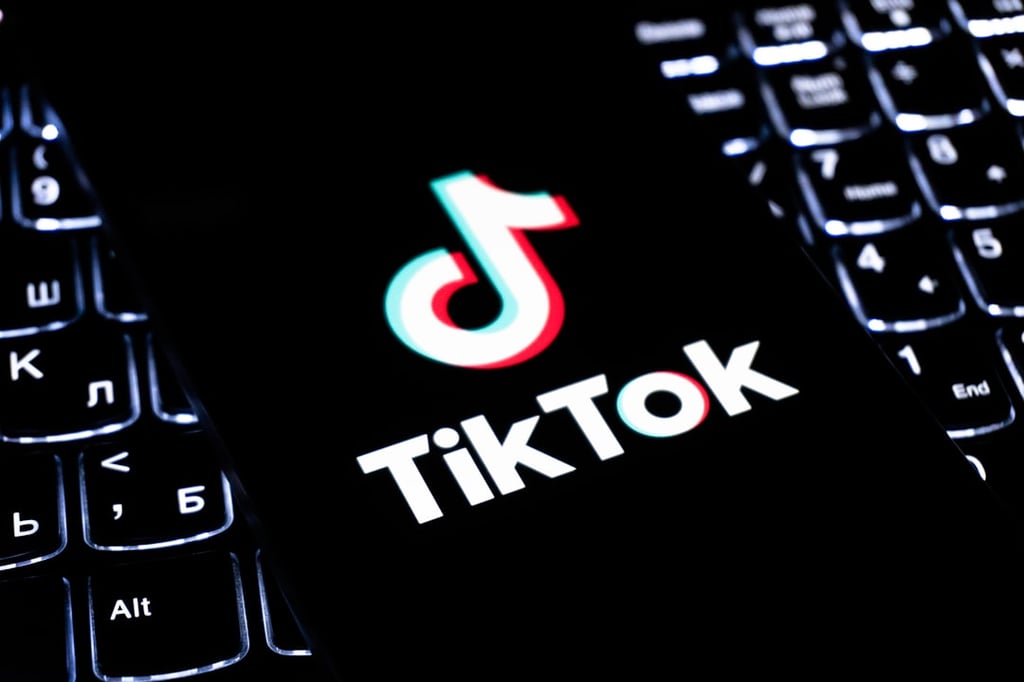Datamation content and product recommendations are
editorially independent. We may make money when you click on links
to our partners.
Learn More
His name is Geoff Goodfellow, but few outside – or even inside – of Silicon Valley remember him as the person who invented mobile e-mail; years before Research In Motion(RIM) and NTP tussled in court over the patents to that very same idea. A case that netted the patent holding company a $612.5 million payday last month.
According to a New York Times profile, Goodfellow (now 50), who had been working as a computer operator and researcher since the early seventies, thought it would be possible to relay messages from Arpanet (the precursor to today’s Internet) to the then new alphanumeric pager back in 1982. He revealed the concept, through a note called “Electronic Mail for People on the Move,” in the Arpanet mailing list Telecom Digest that year.
Goodfellow did not patent his work, expressing a dislike for a system that restricts the sharing of ideas. As the Times piece points out, this disdain is shared by many in the technology community, such as today’s open source developers.
“You don’t patent the obvious,” Goodfellow told the Times recently. “The way you compete is to build something that is faster, better, cheaper. You don’t lock your ideas up in a patent and rest on your laurels.”
Thomas J. Campana Jr., who died in 2004, patented the wireless e-mail concept ten years after Goodfellow arrived at his mobile e-mail idea. Campana is the Chicago inventor behind NTP.
While Goodfellow may not have liked the concept of patents, he certainly wanted to see his ideas succeed in the marketplace. Hence, he commercialized wireless e-mail as RadioMail back in 1991; ultimately receiving $3 million in funding from the likes of Motorola. In 1992, he started working with future mob-e-mail giant RIM and Ericsson.
RadioMail failed, however. Goodfellow left the business in ’96 and opened a bar in Prague in 1998. He’s since moved back to the States, where he is back in the thick of things, as chairman of another start-up.
Not a Footnote
Goodfellow may have remained an interesting footnote in the history of technology, but the next phase of computing was just about to take off. The Internet, mobile devices, and wireless networks converged and caught up to his original vision. RIM grabbed hold and was the first company to take advantage of this convergence in the mobile messaging space.
Then, five years ago, NTP sued RIM.
While other evolutionary steps came up during the trial (University of Hawaii researchers; a Motorola patent; and work by Phoenix-based TekNow), the Times reports Goodfellow’s name did not.
It turns out NTP lawyer James H. Wallace Jr. visited Goodfellow in Prague in 2002, however. Goodfellow says it was because NTP thought his work might hurt their patent claims against RIM.
NTP then proceeded to higher Goodfellow as a consultant for $19,600 in 2002. He even attended a meeting where lawyers were told not to take notes for fear of leaving a paper trail. And NTP had him sign a non-disclosure agreement to keep him quite until the dispute with RIM ended, which is why we are only hearing from him now.
The revelations about Goodfellow will only serve to complicate an already complicated outcome (if not legally, then morally) to the RIM case; at least in the minds of many.
There are analysts who are upset that a company that doesn’t make or sell anything was able to almost get a vendor shutdown who creates and successfully sells its products and services. In RIM’s case, and others like it, an essential product that is used to keep businesses and emergency workers, for example, up and running and connected.
In addition, all of the patents pertaining to case have been nixed in a preliminary mode. It is supposed that the U.S. Patent and Trademark Office (USPTO) will eventually issue final rejections of all of NTP patents related to the suit even. In the settlement, however, if all the patents are invalidated, NTP’s huge payday stands.
To RIM, it had to settle to move on finally and ease customer and Wall Street concerns, which took a turn for the worse recently anyway because of less than satisfactory fourth quarter results; despite of year-of-year growth of 39 percent.
You see, the judge in the case indicated he saw the USPTO review and the legal proceedings as two seperate issues, no matter what ultimate value NTP patents held. This put the real possibility of a RIM shutdown front and center even with NTP’s grip on its patents seemingly slowly slipping away.
Perhaps Goodfellow’s work should have been disclosed to the courts and patent examiners by both RIM and NTP?
Stanford patent law professor Mark A. Lemley thinks so. He told the Times, “I think there is a potential ethics issue. The basic key is the attorneys have the obligation to disclose everything they know about his prior artwork and make him available as a fact witness.”
Goodfellow’s story is another example of the misuse of the patent system, according to Lotus Development Corporation founder Mitchell D. Kapor, who once advised Goodfellow. “If it (the patent system) had been properly used, NTP would never have been issued its patents, and they never would have had a basis to pursue a lawsuit against RIM),” he explained to the Times.
For his part, Goodfellow is not upset that he never became super wealthy like so many other technology pioneers. He only wants the history to be remembered. Otherwise, he said to the Times, “I’m overjoyed that what I saw more than 20 years ago is now de rigueur.”
Related Links:
-
Ethics and Artificial Intelligence: Driving Greater Equality
FEATURE | By James Maguire,
December 16, 2020
-
AI vs. Machine Learning vs. Deep Learning
FEATURE | By Cynthia Harvey,
December 11, 2020
-
Huawei’s AI Update: Things Are Moving Faster Than We Think
FEATURE | By Rob Enderle,
December 04, 2020
-
Keeping Machine Learning Algorithms Honest in the ‘Ethics-First’ Era
ARTIFICIAL INTELLIGENCE | By Guest Author,
November 18, 2020
-
Key Trends in Chatbots and RPA
FEATURE | By Guest Author,
November 10, 2020
-
Top 10 AIOps Companies
FEATURE | By Samuel Greengard,
November 05, 2020
-
What is Text Analysis?
ARTIFICIAL INTELLIGENCE | By Guest Author,
November 02, 2020
-
How Intel’s Work With Autonomous Cars Could Redefine General Purpose AI
ARTIFICIAL INTELLIGENCE | By Rob Enderle,
October 29, 2020
-
Dell Technologies World: Weaving Together Human And Machine Interaction For AI And Robotics
ARTIFICIAL INTELLIGENCE | By Rob Enderle,
October 23, 2020
-
The Super Moderator, or How IBM Project Debater Could Save Social Media
FEATURE | By Rob Enderle,
October 16, 2020
-
Top 10 Chatbot Platforms
FEATURE | By Cynthia Harvey,
October 07, 2020
-
Finding a Career Path in AI
ARTIFICIAL INTELLIGENCE | By Guest Author,
October 05, 2020
-
CIOs Discuss the Promise of AI and Data Science
FEATURE | By Guest Author,
September 25, 2020
-
Microsoft Is Building An AI Product That Could Predict The Future
FEATURE | By Rob Enderle,
September 25, 2020
-
Top 10 Machine Learning Companies 2021
FEATURE | By Cynthia Harvey,
September 22, 2020
-
NVIDIA and ARM: Massively Changing The AI Landscape
ARTIFICIAL INTELLIGENCE | By Rob Enderle,
September 18, 2020
-
Continuous Intelligence: Expert Discussion [Video and Podcast]
ARTIFICIAL INTELLIGENCE | By James Maguire,
September 14, 2020
-
Artificial Intelligence: Governance and Ethics [Video]
ARTIFICIAL INTELLIGENCE | By James Maguire,
September 13, 2020
-
IBM Watson At The US Open: Showcasing The Power Of A Mature Enterprise-Class AI
FEATURE | By Rob Enderle,
September 11, 2020
-
Artificial Intelligence: Perception vs. Reality
FEATURE | By James Maguire,
September 09, 2020
SEE ALL
ARTICLES







